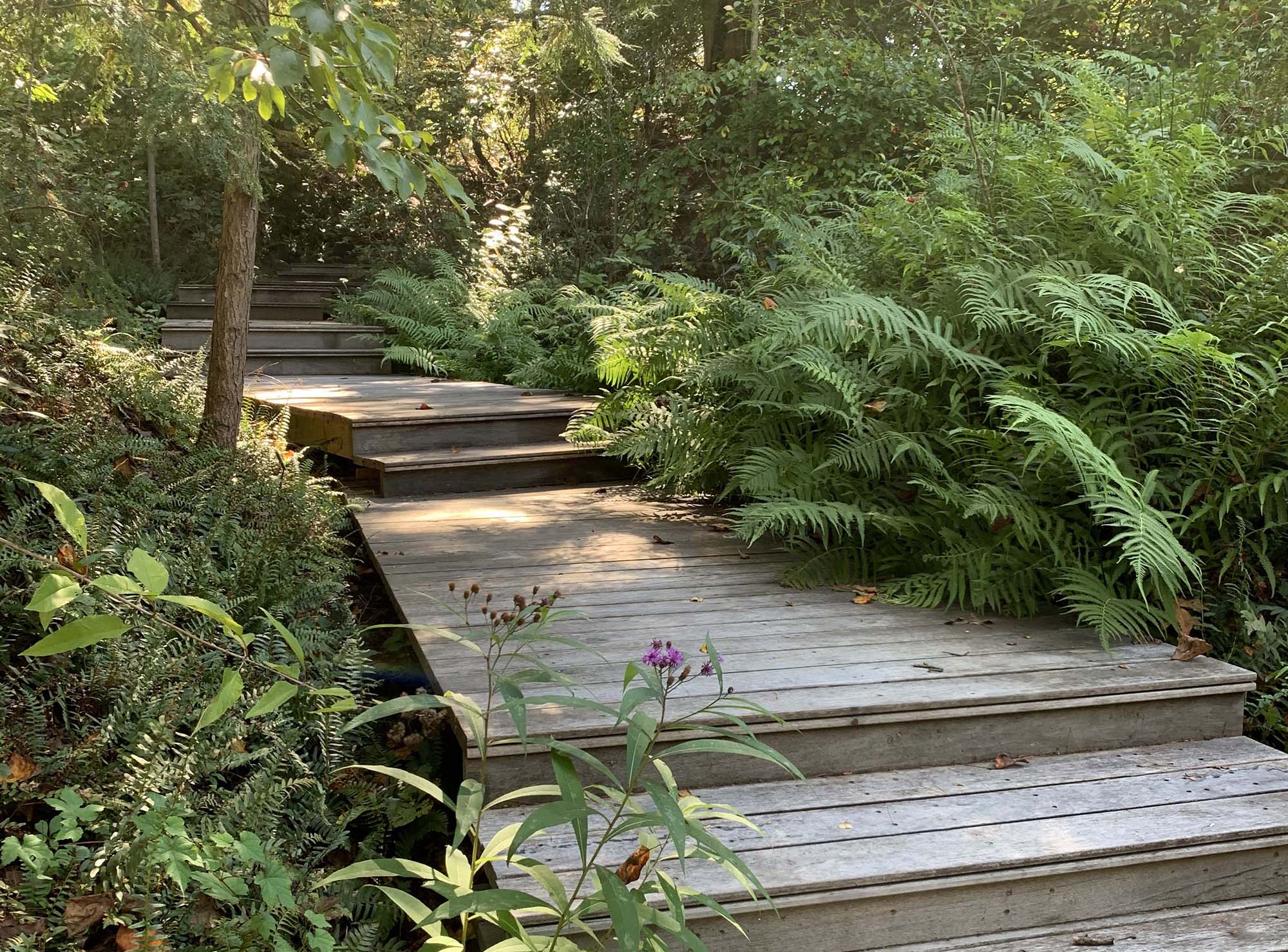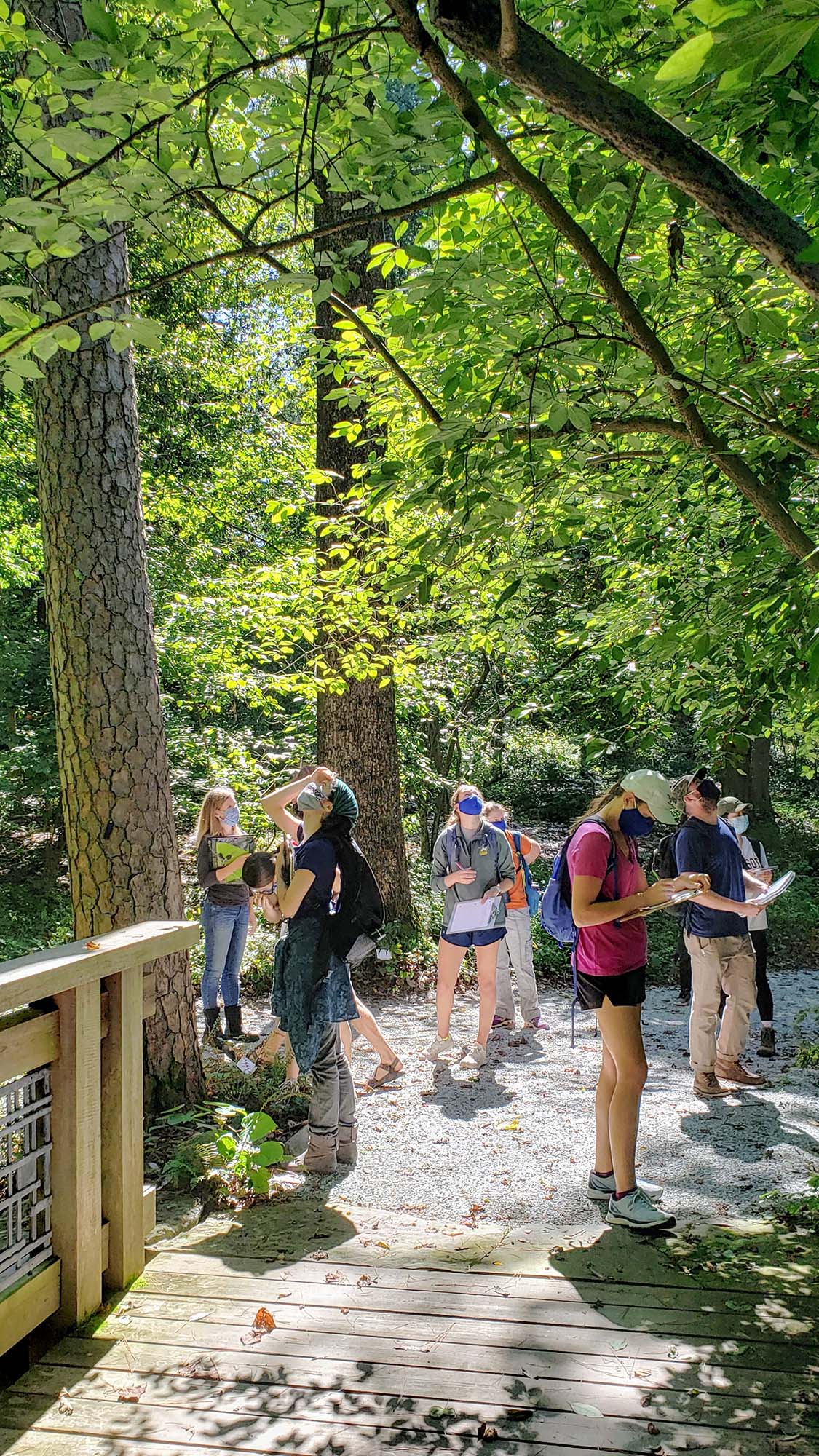Ellen Adams: The Value of a Public Garden
Horst Meyer Award honoree Ellen Adams sees public gardens serving a more critical role in society in years to come.

When Ellen Adams was 7 years old, her mother gave her a garden and “a whole lot of seeds” as a present, ushering in a lifelong interest in horticulture. “Fortunately, she hired someone to dig it for me,” she said of that very first garden, “or I might have quit then!”
Decades later, Adams is still helping gardens grow and thrive, but in many different ways.
In recognition of her support, passion and leadership in service to Duke Gardens, we are honoring Adams with the 2020 Horst Meyer Award.
When Adams arrived at Duke in 1958, Duke Gardens was a fraction of its current size, with only the Terrace Gardens and the South Lawn open to the public. These serene and tranquil spaces were always her first choice for a quiet place to sit, read, or wait for the bus to take her back to the women’s dorms on East Campus. Even after graduation, Adams was a frequent visitor—first in search of inspiration for her own gardens in nearby Orange County, then as a longtime member of the Board of Advisors, helping to guide the Gardens’ growth.
One of Adams’ favorite places in the Gardens is the Blomquist Garden of Native Plants, which she has been gratified to see evolve over the decades into not only a marvelous plant collection but a tremendous educational resource for gardeners like her who come seeking guidance and inspiration to support native plants and ecosystems.
“During the last 15 years or so, the Gardens have become much more than just a university treasure,” she says. “They are a wonderful asset for the entire Durham community and for visitors from all over the country and, indeed, the world. The Gardens are also a successful educational and horticultural center, working with both the university and the community, as well as other world class gardens.”
Adams anticipates that public gardens will grow in importance in the coming decades. “As our population grows, people who are lucky enough to have their own homes are more and more likely to have little outdoor space of their own and so will increasingly take refuge in large public spaces if they are available.”
She also sees public gardens as a possible solution to rising inequality in American society. “I would hope that the availability of large gardens, with their space and programming for all, would be able to contribute to the solution of that problem.”



